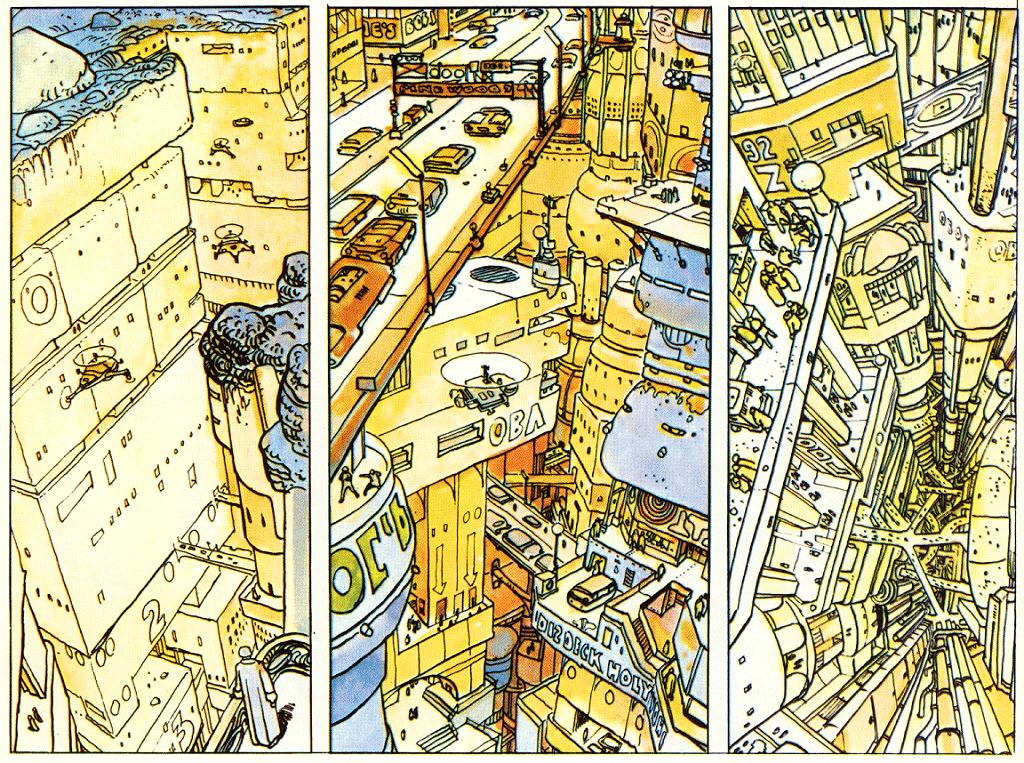
The future always remains to be rediscovered. Imagine cyberpunk with the complexity of one of China Miéville’s cities or the deranged reflexivity of a Grant Morrison comic strip. Imagine taking the glorious procedural generated planets of No Man’s Sky to build open universe cities, cities which no two people will ever play or inhabit in the same way. As the gap between the virtual and the real closes with developments in augmented reality, imagine expanding our shrinking ability to roam in our own cities. The easy assumption is that the likes of Oculus will lead us down the rabbithole to the detriment of our real lives. This view fails to acknowledge that virtual reality will be the source of countless ideas, connections and experiences applicable to the everyday world. At the very least, the contradiction between plugged in freedom and real-life restriction will become glaring. Given how architecture and games have replicated each other’s methods from isometrics to 3D software, it is very likely physical environments will develop in response to virtual ones.
Darran Anderson verrast weer met een mooi essay over de esthetiek van cyberpunk:
'What cyberpunk was and what it will be'. Zoals ik al een aantal keer heb gehint is het noodzakelijk om die esthetiek uiteindelijk achter ons te laten. En Anderson legt uitgebreid uit waarom, met behulp van een indrukwekkende kennis van games.

Geen opmerkingen:
Een reactie posten